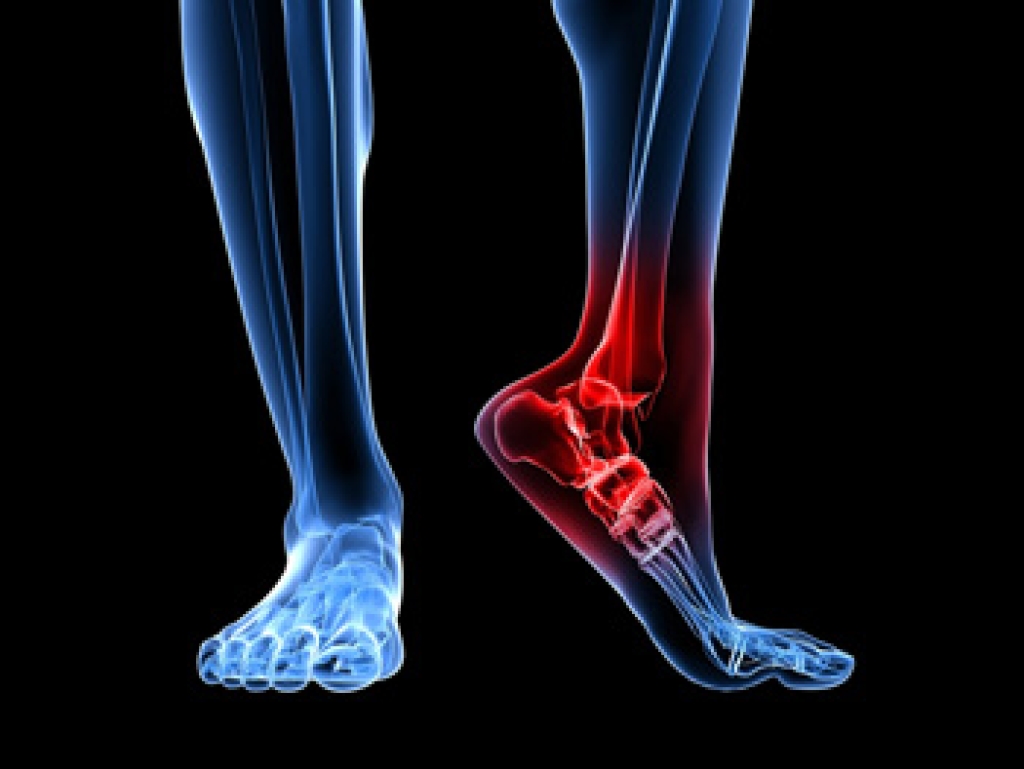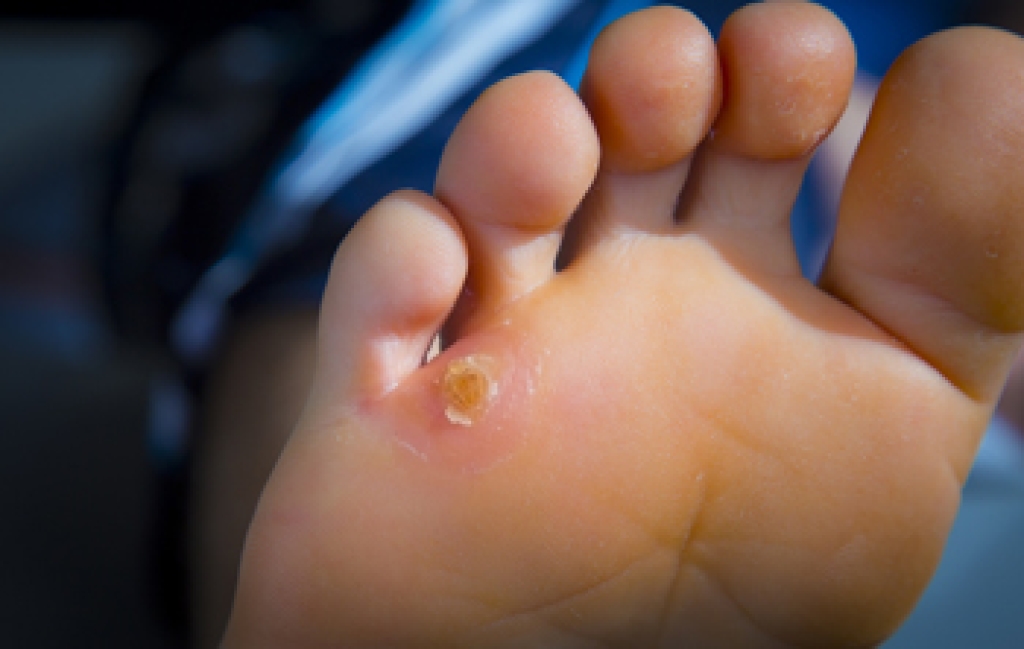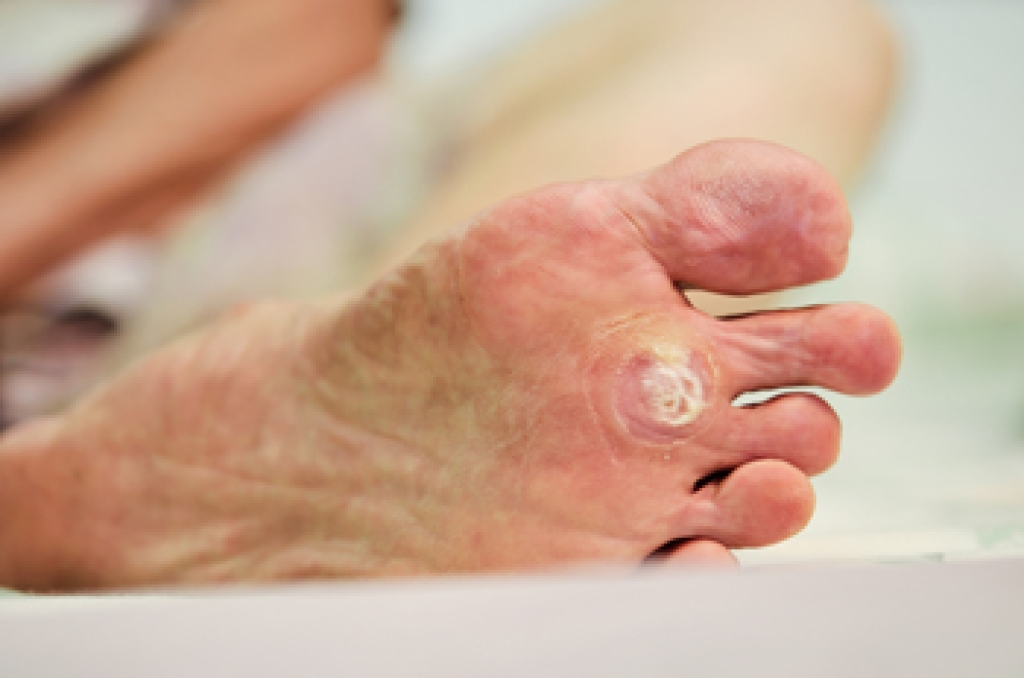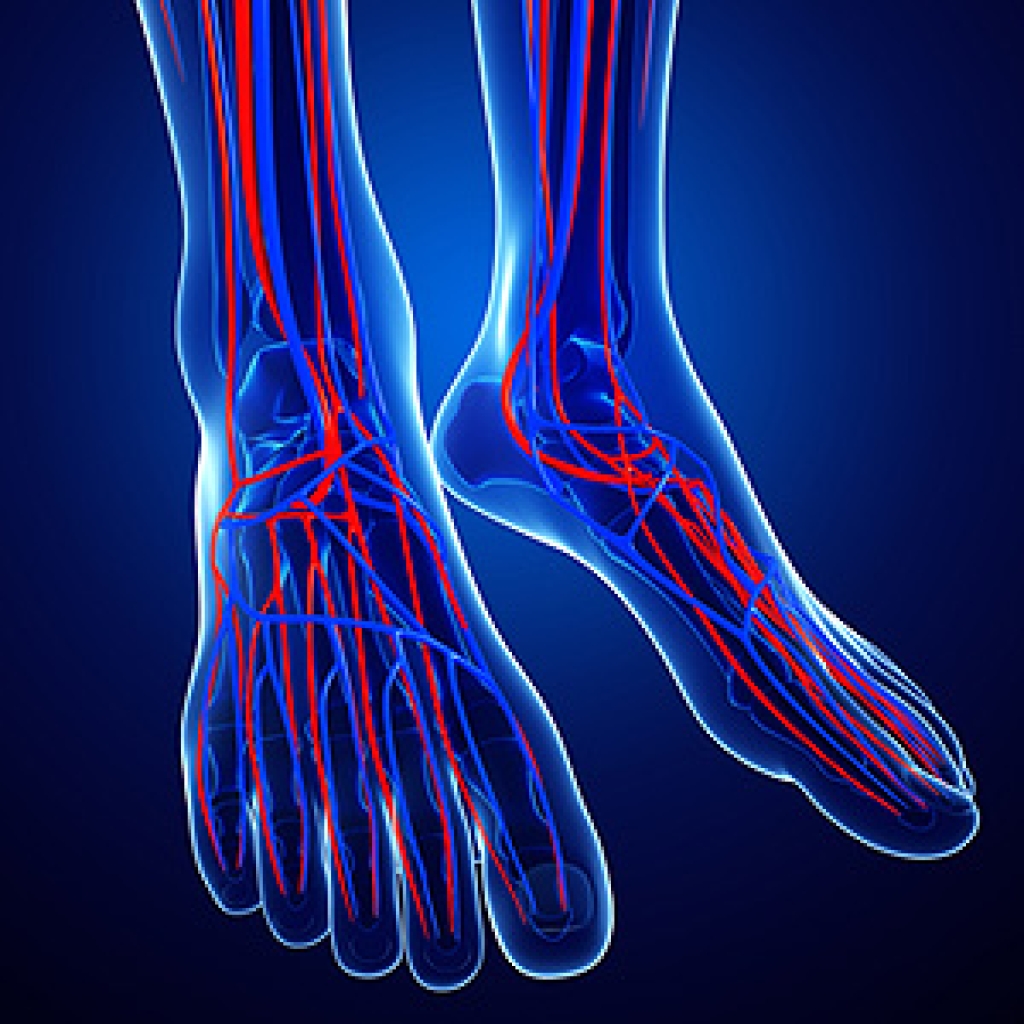 Children and young teenagers who frequently participate in sporting activities may be prone to developing Sever’s disease. This is a condition that affects the growth plate in the heel and can cause severe pain and discomfort. This condition may be observed by parents who notice their child is limping and has difficulty while walking. Some of the reasons this condition may develop can consist of poor foot structure and increased running or jumping. The first step in finding relief is to stop the activity that caused the pain. Additionally, it is beneficial to perform simple calf stretches and to elevate the affected leg. It is recommended that you visit a podiatrist if you notice your child has these symptoms.
Children and young teenagers who frequently participate in sporting activities may be prone to developing Sever’s disease. This is a condition that affects the growth plate in the heel and can cause severe pain and discomfort. This condition may be observed by parents who notice their child is limping and has difficulty while walking. Some of the reasons this condition may develop can consist of poor foot structure and increased running or jumping. The first step in finding relief is to stop the activity that caused the pain. Additionally, it is beneficial to perform simple calf stretches and to elevate the affected leg. It is recommended that you visit a podiatrist if you notice your child has these symptoms.
Sever's disease often occurs in children and teens. If your child is experiencing foot or ankle pain, see one of our podiatrists from Biebel & DeCotiis Podiatry Associates. Our doctors can treat your child’s foot and ankle needs.
Sever’s Disease
Sever’s disease is also known as calcaneal apophysitis, which is a medical condition that causes heel pain I none or both feet. The disease is known to affect children between the ages of 8 and 14.
Sever’s disease occurs when part of the child’s heel known as the growth plate (calcaneal epiphysis) is attached to the Achilles tendon. This area can suffer injury when the muscles and tendons of the growing foot do not keep pace with bone growth. Therefore, the constant pain which one experiences at the back of the heel will make the child unable to put any weight on the heel. The child is then forced to walk on their toes.
Symptoms
Acute pain – Pain associated with Sever’s disease is usually felt in the heel when the child engages in physical activity such as walking, jumping and or running.
Highly active – Children who are very active are among the most susceptible in experiencing Sever’s disease, because of the stress and tension placed on their feet.
If you have any questions, please feel free to contact one of our offices located in Holmdel and Middletown, NJ . We offer the newest diagnostic and treatment technologies for all your foot care needs.




